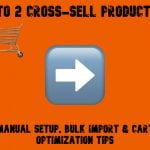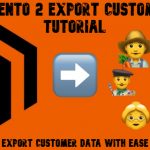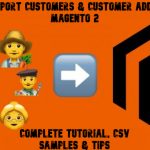Exploring Magento 2 Oracle NetSuite ERP Integration: Invoices

In this blog post, we continue our in-depth expertise on how to integrate Magento 2 with NetSuite ERP. Today, we focus on invoices that can be seamlessly transferred between the two systems. The following material sheds light on how the corresponding entity appears in both your e-commerce website and the ERP platform.

Table of contents
Magento 2 Invoices
An invoice is a document that contains data related to the record of payment for an order. You can create multiple invoices for a single order. Since this process is quite flexible, both Magento 2 and NetSuite lets you generate each document so that it can include as many/few of the purchased products as you need to specify.
Besides, Magento 2 introduces several design customizations. For instance, the system provides the ability to upload a high-resolution logo for a print-ready PDF invoice. You can also add the Order ID to the invoice header.
All invoices in Magento 2 are collected in a grid under Sales -> Operations -> Invoices. The screen, by default, consists of the following nine columns:
- Checkboxes – you can specify orders to apply mass actions;
- Invoice – an invoice number is specified here;
- Invoice Date – time when it was created is provided here;
- Order # – you can get a corresponding order number in this column;
- Order Date – time when an order was placed is shown here;
- Bill-to Name – this column lists a name of a customer, specified in order details;
- Status – various invoice statuses are displayed here: Paid, Pending, or Cancelled;
- Grand Total (Base) – the value specified in the invoice using the default store currency;
- Grand Total (Purchased) – the value specified in the invoice in the corresponding store view currency;
- Action – view each invoice in this column.
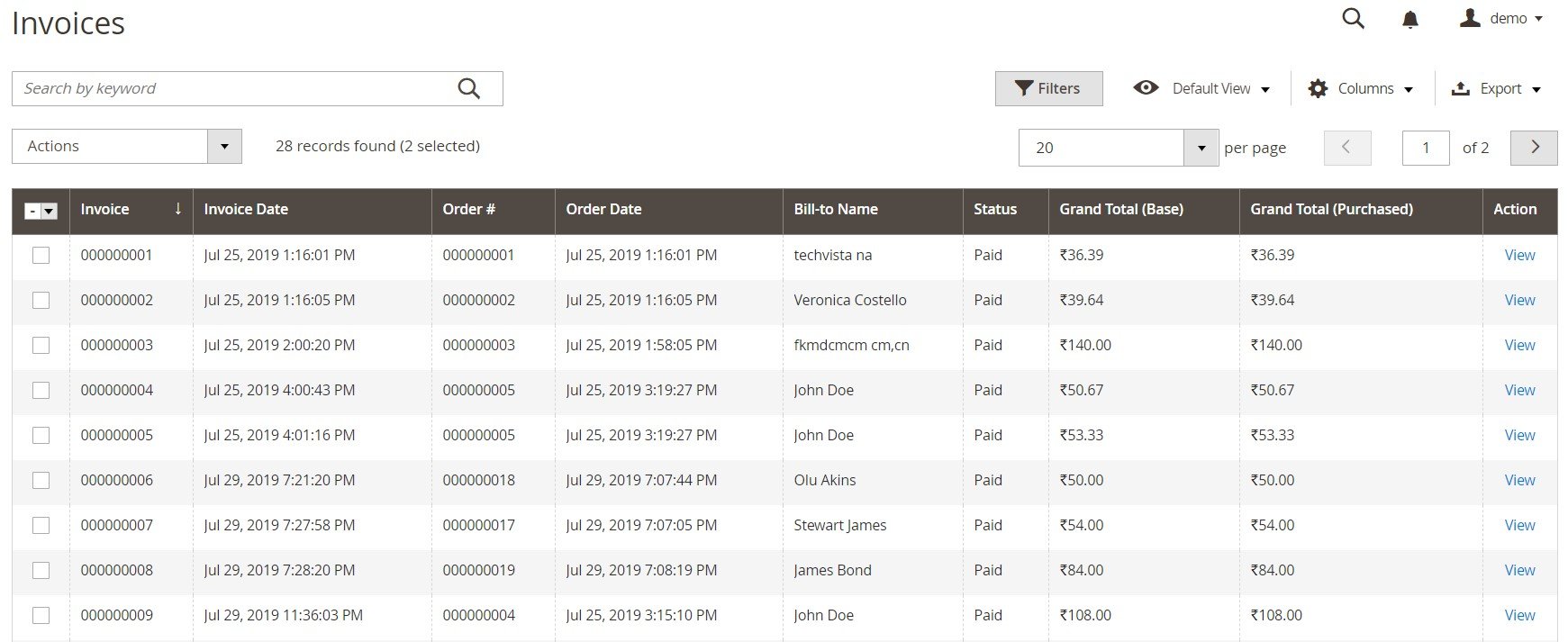
The last column lets you see all the information about each invoice, split into the following sections:
- Order & Account Information;
- Address Information;
- Payment & Shipping Method;
- Items Invoiced;
- Order Total.
NetSuite Invoices
In NetSuite, invoices have the same role as in Magento 2. Each document is considered a record of a sale to a prospect. Invoicing, in its turn, is the process of creating bills for goods and services you provide on your e-commerce storefront.
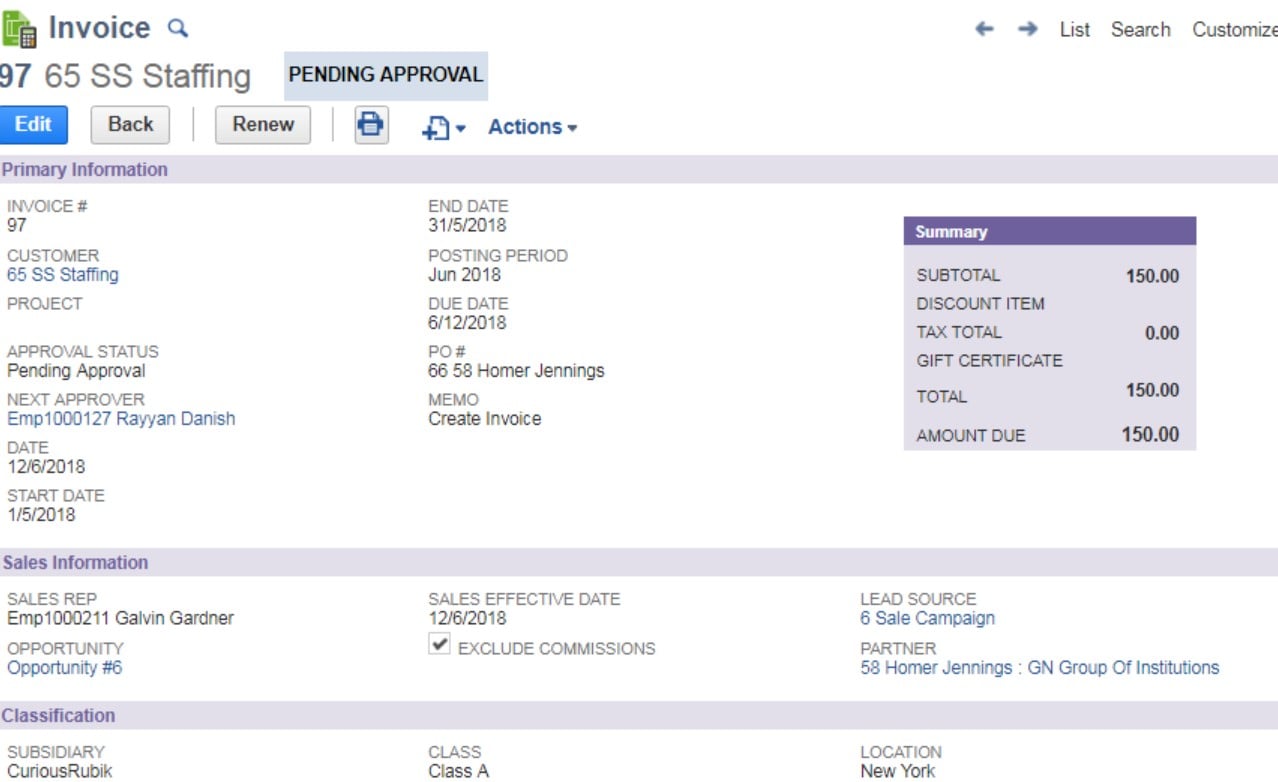
Note that Oracle provides the ability to record invoices when payment is not received at the time of delivery. As for the invoice amount, it is the total due paid to you by the buyer.
Furthermore, an invoice in NetSuite ERP indicates terms of payment. In particular, you can view when it is expected to receive the money owed. As for the invoice aging, it is utilized for tracking a timespan when the amount has been due as payable.
In NetSuite, invoices are stored in an account called Accounts Receivable. Each one consists of multiple line items and sales amounts specified in the total of the invoice.
Note that the most basic billing procedures require choosing items at the time of sale to create a new invoice. But there are several ways to simplify this routine. For instance, NetSuite lets you create invoices for the whole order, even if it hasn’t been completely fulfilled. The Invoice in Advance of Fulfillment feature is under your disposal. It enables you to generate an invoice or cash sale for an entire order, even if you ship only its part.
Besides, you can import invoices from Magento 2 right to Oracle NetSuite ERP.
How to Import/Export Invoices Between Magento 2 & Oracle NetSuite
Now, let’s focus on moving invoices between Magento 2 and Oracle NetSuite. You should know that neither of the two platforms enables you to do that seamlessly. Therefore, it is necessary to choose a third-party integrator that won’t cause any additional issues. Unreliable connectors are either dedicated to a particular entity (consequently, you need dozens of them to establish an integration) or cannot move data automatically.
We faced these limitations numerous times in the past. However, the desire to improve the existing data transfer routine led to the development of what is now called the Improved Import & Export extension – a tool designed to automate any integration with the aid of the fastest and most straightforward data transfers between Magento 2 and Oracle NetSuite or other platforms.
You can incorporate an add-on for the Magento 2 NetSuite integration to simplify the connections. The tool creates a bi-directional API-based data flow on top of the Improved Import and Export extension. Install the module, turn on the add-on, and set up configuration parameters for the integration. That’s it!
In addition to invoices, the Magento 2 NetSuite integration tool can handle such entities as:
- Products. Quickly transfer products between Magento 2 and external systems. The add-on works with all product types, different prices, catalogs of any structure, attributes, etc.
- Companies. You can move company accounts used on your B2B website. Add-on can transfer addresses, credentials, admins, company roles, etc.
- Quotes. Also, import/export negotiable quotes to/from Magento 2.
- Discounts. You can also sync various discount types between Magento 2 and NetSuite.
- Requisition Lists. The add-on enables you to transfer requisition lists, including their product references.
- Shared Catalogs. Move this entity along with custom pricing and visibility options.
- Orders. When you import/export this entity, the add-on also transfers invoices. Besides, it supports order statuses and shipping information.
- Customers. Feel free to synchronize all customer data between Magento 2 and NetSuite. You can also move Customer Groups.
- Prices. Import/export product price lists for your Magento 2 Oracle ERP integration. Various price types are supported.
- CMS Blocks & Pages. CMS blocks and pages are under your disposal when it comes to the Magento 2 NetSuite integration.
Use the NetSuite integration add-on to establish a continuous data flow that incorporates import and export processes configured per each entity individually. The tool allows you to achieve the highest possible flexibility while synchronizing invoices and other entities between Magento 2 and Oracle. You can also rely on a cron scheduler and robust mapping features to automate all import and export processes entirely.
As for other add-ons, the Magento 2 Import & Export extension also offers solutions that simplify Magento 2 synchronization with MS Dynamics, WooCommerce, Banggood, and other platforms.
Features to Integrate Magento 2 with NetSuite ERP & Other Systems
The following chapter emphasizes the features of the Improved Import & Export Magento 2 extension that enable flexible and automated data transfers. We focus on the following three topics below: automation, mapping, and data formats/sources.
Automated Data Transfers
With the Improved Import & Export module, you can implement two different automation strategies. First of all, it is possible to leverage cron. The extension provides the ability to create custom schedules. At the same time, it is possible to choose one of the predefined intervals.

Besides, you can automate transfers with the help of triggers. Improved Import & Export provides the ability to create a system of custom rules and launch data transfers when the specified conditions are met. This strategy helps to import/export information in real-time right after it appears in the system.
Mapping
Different data storing standards don’t let you connect Magento 2 with NetSuite directly. You have to edit data files prior to moving them from one system to another. However, the Improved Import & Export extension lets you automate this process, applying all the necessary changes within just a few clicks in your Magento 2 admin. The following features are at hand:
- Presets. The Improved Import & Export module offers a set of predefined schemes that match attributes (including invoice-related designations) of Magento 2 to ones used in Oracle ERP;
- Manual Matching. You can apply changes to attributes in the Magento 2 backend before transferring any data;
- Attribute Values. The plugin allows admins to match or edit attribute values. It is possible to combine, merge, or change them in bulk;
- Use filters to send only accurate invoice data to NetSuite. Narrow down the selection of information you provide using attributes and values;
- Category Mapping. When you move products to Magento 2, this feature lets you import them following your existing catalog structure. It is even possible to specify new categories to be generated;
- Attributes On The Fly. The Improved Import & export plugin lets you recreate all the missing attributes and values right on import.
The following image shows how to use mapping presets in Improved Import & Export:

Extended Connectivity Options
Now, we’d like to draw your attention to the transfer points and data standards that our extension supports. While Magento 2 provides scarce opportunities in this area, Improved Import & Export introduces a massive array of options. For instance, the system works with CSV/XML files by default. Since some platforms don’t use them for transferring data, it is necessary to convert such files manually. But our module provides a better opportunity. It also works with ODS, JSON, and Excel files, including several archives. Thus, there is no necessity to convert everything to CSV.
You can also leverage various data sources, such as local and remote servers. Different cloud storage options are introduced in Improved Import & Export. At the same time, direct file URL downloads are under your disposal. And if you don’t want to deal with files, ask your partners to store data in Google Sheets since our module can easily import it from this source.

However, such complex integrations as the one that occurs between Magento 2 and Oracle NetSuite ERP incorporate slightly different principles. They streamline APIs to enable seamless data transfers. Our module uses this approach to connect the two platforms to move invoices and other entities between them.
For further information regarding the Magento 2 Oracle NetSuite ERP integration, invoices, as well as other data transfers, follow the links below and reach our support department:
Get Improved Import & Export Magento 2 Extension
Get NetSuite Integration Add-on for Magento 2






